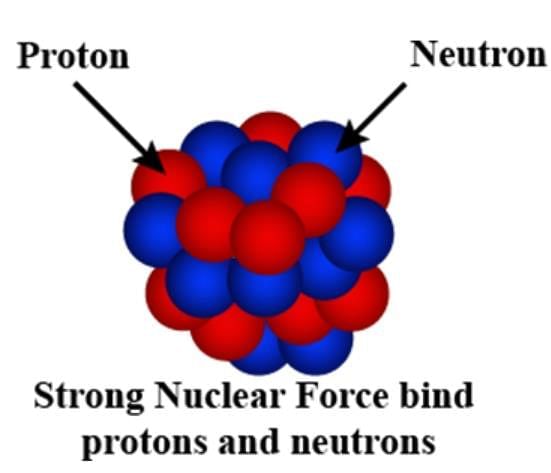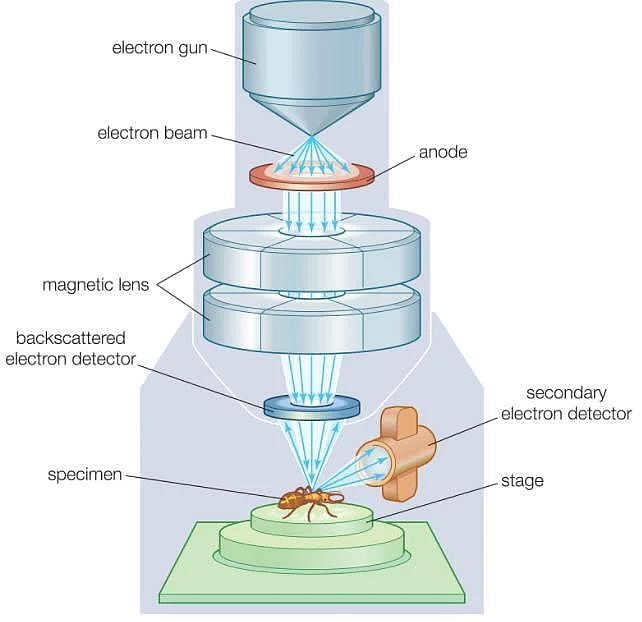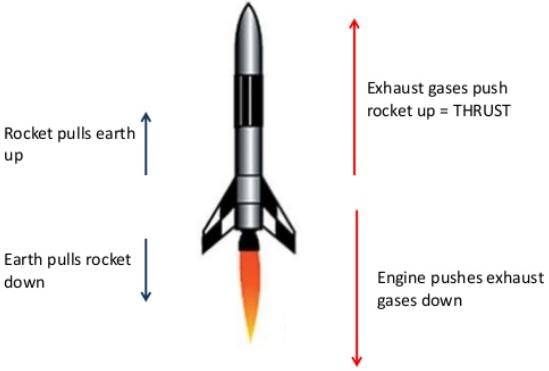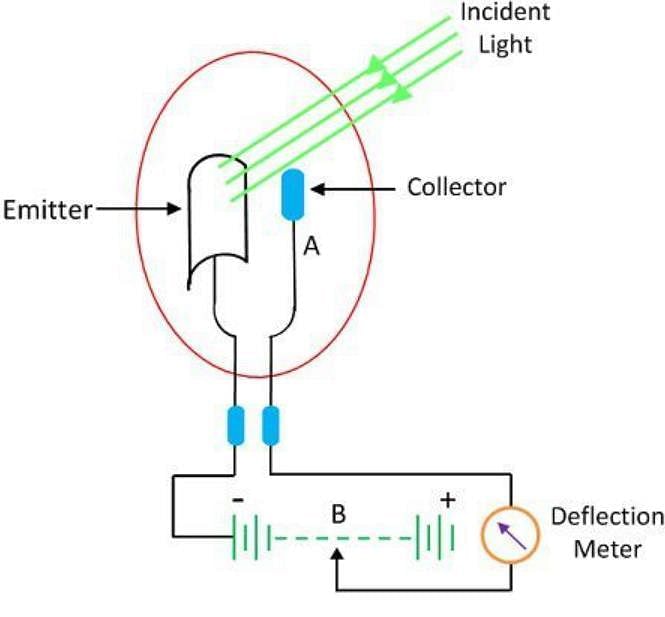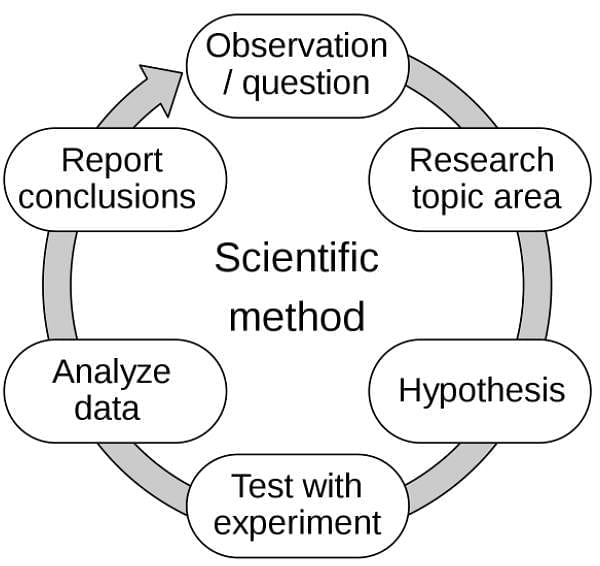JEE Exam > JEE Tests > Chapter-wise Tests for JEE Main & Advanced > Test: Physical World - 1 (Old NCERT) - JEE MCQ
Test: Physical World - 1 (Old NCERT) - JEE MCQ
Test Description
10 Questions MCQ Test Chapter-wise Tests for JEE Main & Advanced - Test: Physical World - 1 (Old NCERT)
Test: Physical World - 1 (Old NCERT) for JEE 2025 is part of Chapter-wise Tests for JEE Main & Advanced preparation. The Test: Physical World - 1 (Old NCERT) questions and answers have been
prepared according to the JEE exam syllabus.The Test: Physical World - 1 (Old NCERT) MCQs are made for JEE 2025 Exam. Find important
definitions, questions, notes, meanings, examples, exercises, MCQs and online tests for Test: Physical World - 1 (Old NCERT) below.
Solutions of Test: Physical World - 1 (Old NCERT) questions in English are available as part of our Chapter-wise Tests for JEE Main & Advanced for JEE & Test: Physical World - 1 (Old NCERT) solutions in
Hindi for Chapter-wise Tests for JEE Main & Advanced course. Download more important topics, notes, lectures and mock
test series for JEE Exam by signing up for free. Attempt Test: Physical World - 1 (Old NCERT) | 10 questions in 10 minutes | Mock test for JEE preparation | Free important questions MCQ to study Chapter-wise Tests for JEE Main & Advanced for JEE Exam | Download free PDF with solutions
Detailed Solution for Test: Physical World - 1 (Old NCERT) - Question 1
Test: Physical World - 1 (Old NCERT) - Question 2
Which is the strongest fundamental force of nature?
Detailed Solution for Test: Physical World - 1 (Old NCERT) - Question 2
Test: Physical World - 1 (Old NCERT) - Question 3
Which force operates among the heavier elementary particles?
Detailed Solution for Test: Physical World - 1 (Old NCERT) - Question 3
Test: Physical World - 1 (Old NCERT) - Question 4
Electromagnetic force is stronger than gravitational force by a factor of:
Detailed Solution for Test: Physical World - 1 (Old NCERT) - Question 4
Test: Physical World - 1 (Old NCERT) - Question 5
The wave nature of electrons is used in which of the following devices?
Detailed Solution for Test: Physical World - 1 (Old NCERT) - Question 5
Test: Physical World - 1 (Old NCERT) - Question 6
On which laws, is the principle of rocket propulsion based?
Detailed Solution for Test: Physical World - 1 (Old NCERT) - Question 6
Test: Physical World - 1 (Old NCERT) - Question 7
The phenomenon of Photoelectric effect is used in:
Detailed Solution for Test: Physical World - 1 (Old NCERT) - Question 7
Test: Physical World - 1 (Old NCERT) - Question 8
The concept of unification in physics refers to:
Detailed Solution for Test: Physical World - 1 (Old NCERT) - Question 8
Detailed Solution for Test: Physical World - 1 (Old NCERT) - Question 9
Test: Physical World - 1 (Old NCERT) - Question 10
Which domain of physics deals with atomic, molecular, and nuclear phenomena?
Detailed Solution for Test: Physical World - 1 (Old NCERT) - Question 10
|
481 docs|964 tests
|
Information about Test: Physical World - 1 (Old NCERT) Page
In this test you can find the Exam questions for Test: Physical World - 1 (Old NCERT) solved & explained in the simplest way possible.
Besides giving Questions and answers for Test: Physical World - 1 (Old NCERT), EduRev gives you an ample number of Online tests for practice


